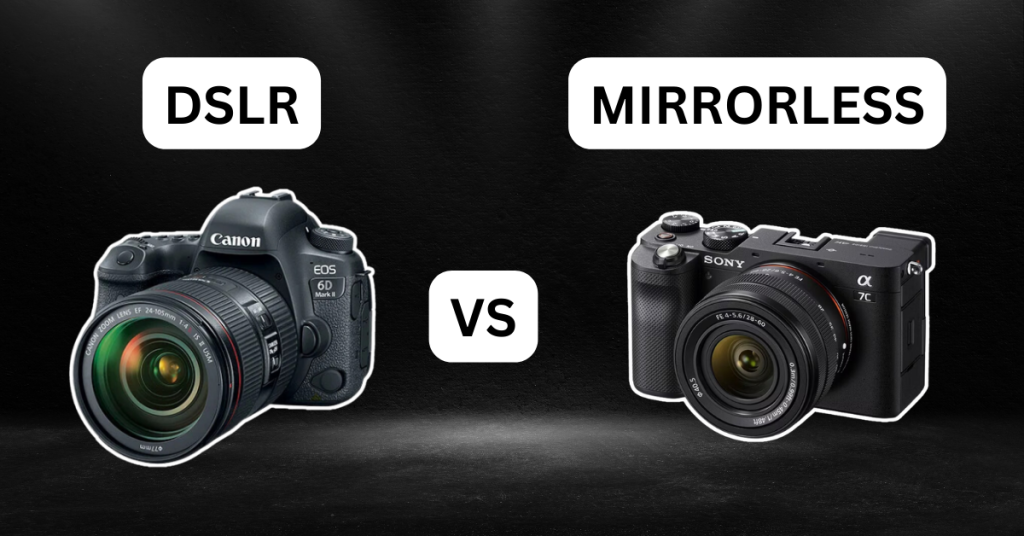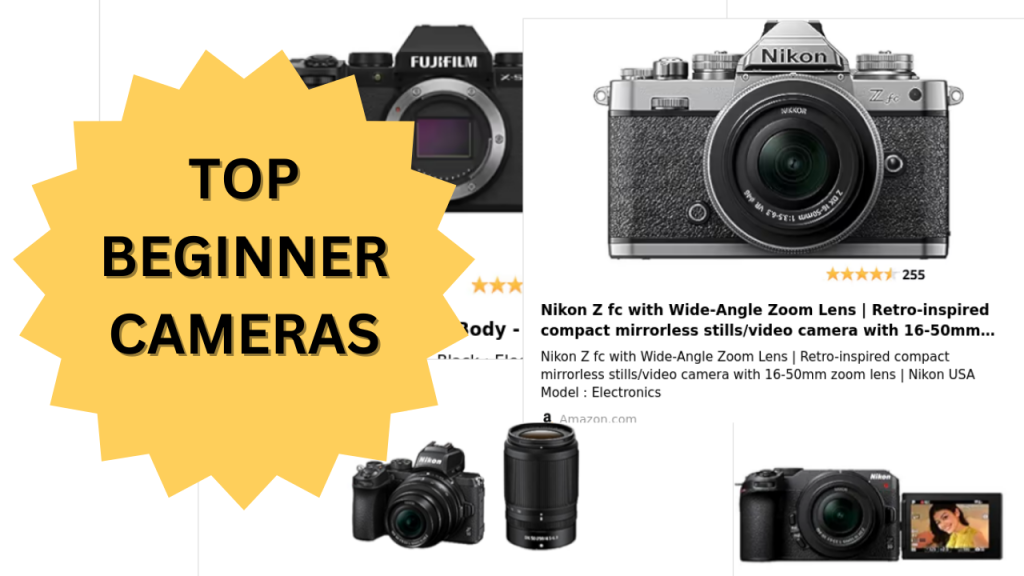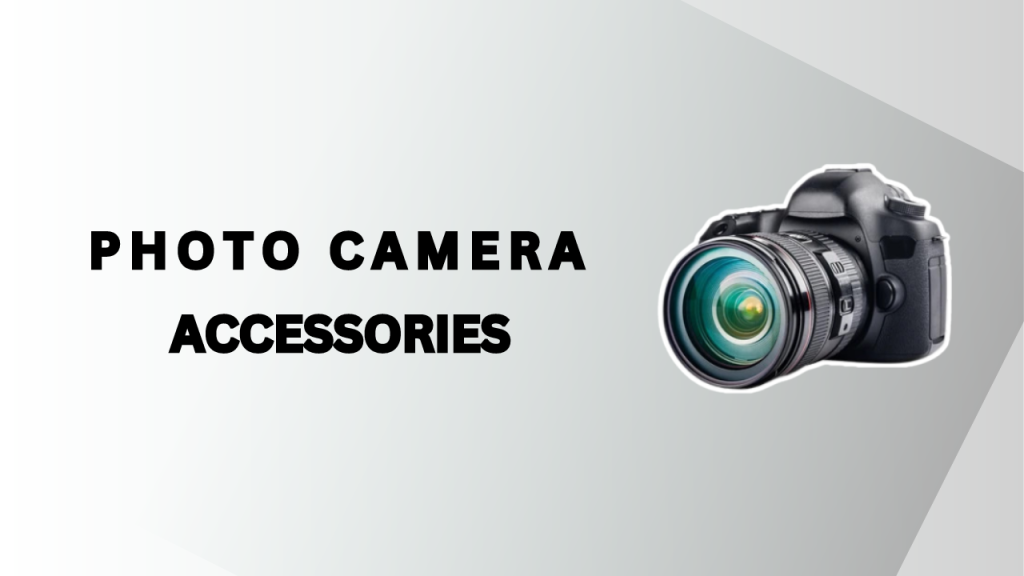Mirrorless vs DSLR: 10 Things to Know Before You Buy
Introduction
Do you want to buy or upgrade your gear? Or you just want to start doing photography but don’t know what camera to get: mirrorless or DSLR? This has been an age-old debate among photography enthusiasts. Both options have their benefits and in this post, we’ll look at both and see which one can get the job done, well, at least better.
1. Size and Weight
Mirrorless cameras have a compact and lightweight design. This makes them perfect for those who value portability. On the other hand, DSLRs are bulkier and heavier due to their internal mirror mechanism. Along with the camera body, also the lenses tend to be bigger as well. A small mirrorless camera like an APS-C Fujifilm X100V or full-frame Sony A7CR may be your best companion if you’re going on a hike.
2. Autofocus
Both mirrorless and DSLR cameras have made significant advancements in their autofocus (AF) systems. Nowadays, mirrorless cameras have the upper hand because of technological developments and have more tech built into their AF. Usually the autofocus points are stacked in the middle of the frame in DSLR cameras. This means that the camera can autofocus only somewhere in the middle, making it in some scenarios unpractical. Mirrorless cameras can offer edge-to-edge, 90% coverage with their AF points. And this gives mirrorless cameras the upper hand here.
3. Lens Selection
The biggest advantage of DSLR cameras is their extensive lens selection. Because they have been around for a while, DSLR camera users have access to lenses suited to every type of photography imaginable. However, the mirrorless lens lineup is rapidly expanding, and many of them allow you to use DSLR lenses on mirrorless bodies with original or third-party adaptors. But newer lenses tend to be more expensive than new ones and harder to find on the used market.
4. EVF vs. OVF
EVF stands for Electronic View Finder for mirrorless cameras and OVF is Optical View Finder on DSLR cameras. DSLRs feature an OVF that uses mirrors to reflect the scene directly into your eye. This give you a real-time, natural view of your subject. ZERO latency. On the other hand, the mirrorless camera’s EVF displays a digital representation of the scene. EVFs offer advantages like real-time exposure preview, focus peaking, and adjustments. You can see what your picture is going to look like, before taking it.
5. Battery Life
DSLRs generally have the upper hand in this department, thanks to their larger bodies that accommodate more substantial batteries. Mirrorless cameras, with their compact size and EVF, tend to have shorter battery life. But, if you carry an extra battery or two, you can easily solve this problem. Plus, mirrorless cameras are catching up fast with battery technology advancements.
6. Continous Shooting
Mirrorless cameras excel in this department, allowing you to snap a lot of shots in rapid succession. To give you an idea, the Nikon D850 DSLR camera offers a modest number of 7fps (frames per second) while the newer Nikon Z9 mirrorless camera gives you 30fps in continuous shooting mode. You can capture a lot of fast-paced action with a fast-shooting camera. But, did I mention that some mirrorless cameras (Nikon Z9 included) have a pre-burst mode? They can even take a picture before you take a picture.
7. Video Capabilities
Mirrorless cameras are not just for still photography; they are also great for videography and offer impressive video capabilities. Most of them have high-resolution sensors, advanced image stabilization and autofocus on face/eyes, and versatile lens options. From shooting cinematic 4K, and even 8K video to capturing slow-motion sequences, mirrorless cameras give you the flexibility you need to unleash your creative vision and bring your videos to life. Meanwhile, you will rarely find DSLR cameras to have a 4K video shooting mode.
8. Features
Another major advantage of mirrorless cameras is their feature package. These are loaded with cutting-edge technology that rivals their DSLR counterparts. From advanced autofocus systems and customizable settings to built-in Wi-Fi and Bluetooth connectivity, mirrorless cameras offer a lot of features that enhance the photography experience. With a mirrorless camera in your hands, you’ll have the latest and greatest innovative features at your disposal to take your photography to new heights.
9. Price:
When it comes to price, mirrorless cameras have become increasingly competitive with DSLRs. A top-of-the-line mirrorless model can still carry a big price tag, but there are plenty of affordable options available that offer amazing performance. Whether you’re a beginner photographer on a budget or a seasoned professional looking to upgrade, you can find a mirrorless camera that fits your needs without spending huge amounts of money. For this, you can have a look at our list with the Top 9 Beginner Cameras.
10. Future Proof:
Investing in a camera is no small decision, and you want to ensure that your chosen device will stand the test of time. If you buy from a reputable manufacturer and store, mirrorless cameras offer a future-proof solution to your photography needs. Most camera companies are pushing their production line solely towards mirrorless cameras and soon DSLRs will not be produced anymore. By opting for a mirrorless camera, you’re not just getting a tech-filled device; you’re also securing yourself with the future of photography.
Conclusion:
- DSLR: Sturdy, good-value cameras, great handling, long battery life, and excellent image quality.
- Mirrorless: Technically more advanced, often smaller and lighter, and definitely the way forward.
Choosing between a mirrorless and DSLR camera ultimately boils down to your personal preferences, shooting style. and also budget. If you value portability, cutting-edge technology, and adaptability, a mirrorless camera is your best bet. On the other hand, if you prioritize a wide selection of lenses and a traditional shooting experience, a DSLR can fulfill all your photography needs. If you’re a beginner searching on the market for a mirrorless camera check out our Top 9 Beginner Cameras list here. Remember, there’s no right or wrong choice here. both systems can produce great images. So, grab your camera and start portraying the world through your lens, no matter which camera you choose!



